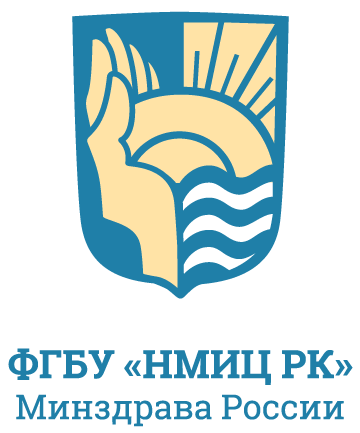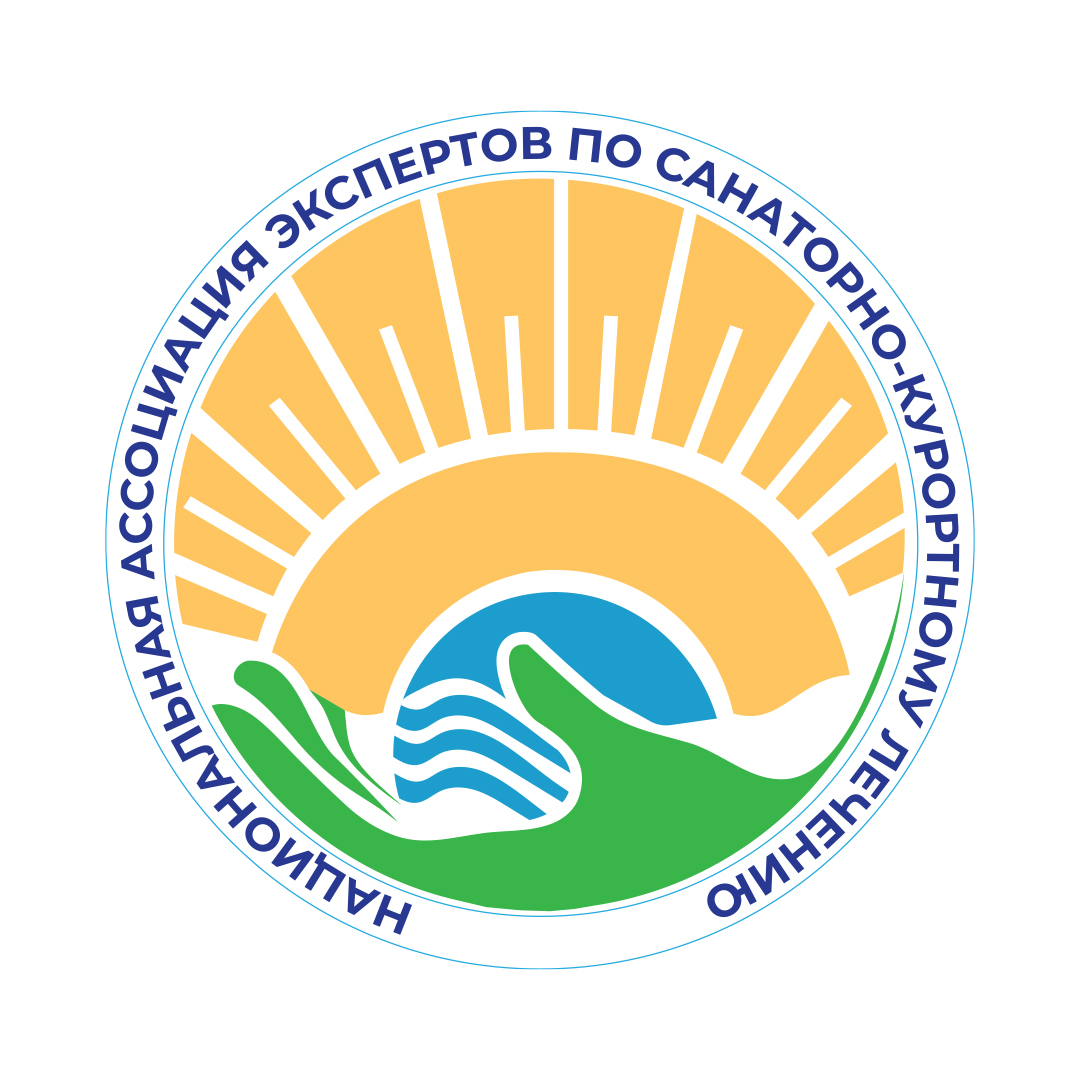Выпуск 1-22, 2023
Влияние реабилитационных вмешательств на постинсультную дисфункцию верхней конечности и когнитивные функции: систематический обзор и метаанализ
1,2 ![]() Костенко Е.В., 1
Костенко Е.В., 1 ![]() Петрова Л.В., 1
Петрова Л.В., 1 ![]() Нахрапов Д.И., 1
Нахрапов Д.И., 1 ![]() Погонченкова И.В.
Погонченкова И.В.
1 Московский научно-практический центр медицинской реабилитации, восстановительной и спортивной медицины, Москва, Россия
2 Российский национальный исследовательский медицинский университет им. Н.И. Пирогова, Москва, Россия
РЕЗЮМЕ
ВВЕДЕНИЕ. Распространенность постинсультной дисфункции верхней конечности и когнитивных нарушений велика, однако эти виды нарушений обычно рассматриваются без взаимосвязи друг с другом, также и методы реабилитации рассматриваются в контексте монодоменного влияния на отдельные функции.
ЦЕЛЬ. Проанализировать данные последних лет о влиянии реабилитационных вмешательств на когнитивные и моторные функции верхней конечности (ВК) у пациентов, перенесших церебральный инсульт (ЦИ), и установить наличие между ними взаимосвязи.
МАТЕРИАЛ И МЕТОДЫ. Поиск проводился в источниках Medline, Web of Science, PubMed и Scopus в соответствии с принципами PRISMA и выявил первоначально 2841 записи. Из них 35 статей были включены в исследование с публикацией 2011–2022 гг. Использовали ключевые слова: stroke, movement, motor, upper limb, cognition, cognitive,cognitive-motor, motor-cognitive function. Оценивалась взаимосвязь когнитивных нарушений и степень восстановление двигательной функции ВК под воздействием различных реабилитационных вмешательств.
РЕЗУЛЬТАТЫ. Пять исследований были отобраны в метаанализ с включением 180 пациентов, перенесших ЦИ. Показано, что при проведении медицинской реабилитации улучшение когнитивных тестов (МоСА) сопровождалось улучшением двигательных нарушений ВК (Fugle-Mayer Assessment, Jebsen-Taylor Hand Function Test), в то время как улучшение ловкости рук (тесты Box and blocks, NHPT, Minnesota manual dexterity test) не показало достоверной взаимосвязи с когнитивными функциями.
ВЫВОД. В метаанализе приводятся доказательства взаимосвязи и взаимовлияния когнитивных функций на восстановление двигательной активности и ловкости рук. Однако небольшой размер выборок и неоднородность доступных исследований по-прежнему являются ограничивающими факторами для получения однозначных выводов.
КЛЮЧЕВЫЕ СЛОВА: инсульт, когнитивные функции, двигательные функции, реабилитация, верхняя конечность
ДЛЯ ЦИТИРОВАНИЯ: Костенко Е.В., Петрова Л.В., Нахрапов Д.И., Погонченкова И.В. Влияние реабилитационных вмешательств на постинсультную дисфункцию верхней конечности и когнитивные функции: систематический обзор и метаанализ. Вестник восстановительной медицины. 2023; 22(1): 69-79. https://doi.org/10.38025/2078-1962-2023-22-1-69-79 [Kostenko E.V., Petrova L.V., Nahrapov D.I., Pogonchenkova I.V. Effect of Rehabilitation Interventions on PostStroke Upper Limb Dysfunction and Cognitive Functions: a Systematic Review and Meta-Analysis. Bulletin of Rehabilitation Medicine. 2023; 22(1): 69-79. https://doi.org/10.38025/2078-1962-2023-22-1-69-79 (In Russ.).]
Список литературы:
- Murray C.J., Vos T., Lozano R., Naghavi M., Flaxman A.D. et al. Disability-adjusted life years (DALYs) for 291 diseases and injuries in 21 regions, 1990-2010: a systematic analysis for the Global Burden of Disease Study 2010. Lancet. 2012; 380(9859): 2197-223. https://doi.org/10.1016/S0140-6736(12)61689-4
- Kwakkel G., Kollen B., Twisk J. Impact of time on improvement of outcome after stroke. Stroke. 2006; 37(9): 2348-2353. https://doi.org/10.1161/01.STR.0000238594.91938.1e
- Ullberg T., Zia E., Petersson J., Norrving B. Changes in functional outcome over the first year after stroke: an observational study from the Swedish stroke register. Stroke. 2015; 46(2): 389-394. https://doi.org/10.1161/STROKEAHA.114.006538
- Meyer S., Karttunen A.H., Thijs V., Feys H., Verheyden G. How do somatosensory deficits in the arm and hand relate to upper limb impairment, activity, and participation problems after stroke? A systematic review. Physical Therapy. 2014; 94(9): 1220-31. https://doi.org/10.2522/ptj.20130271
- Munthe-Kaas R., Aam S., Ihle-Hansen H., Lydersen S., Knapskog A.B., Wyller T.B., Fure B., Thingstad P., Askim T., Beyer M.K., Næss H., Seljeseth Y.M., Ellekjær H., Pendlebury S.T., Saltvedt I. Impact of different methods defining post-stroke neurocognitive disorder: The Nor-COAST study. Alzheimer’s Dement. 2020; 6: e12000. https://doi.org/10.1002/trc2.12000
- Sachdev P.S., Brodaty H., Valenzuela M.J., Lorentz L., Looi J.C., Berman K. et al. Clinical determinants of dementia and mild cognitive impairment following ischaemic stroke: the Sydney stroke study. Dementia and Geriatric Cognitive Disorders. 2006; 21(5-6): 275-283. https://doi.org/10.1159/000091434
- Montero-Odasso M., Almeida Q.J., Bherer L., Burhan A.M., Camicioli R., Doyon J. et al. Consensus on shared measures of mobility and cognition: from the Canadian Consortium on Neurodegeneration in Aging (CCNA). The Journals of Gerontology: Series A. 2018; 74(6): 897-909.
- Auriat A.M., Ferris J.K., Peters S., Ramirez J., Black S.E., Jacova C. et al. The impact of covert lacunar infarcts and white matter Hyperintensities on cognitive and motor outcomes after stroke. Journal of Stroke & Cerebrovascular Diseases. 2019; 28(2): 381-388. https://doi.org/10.1016/j.jstrokecerebrovasdis.2018.10.009
- Chhetri J.K., Chan P., Vellas B., Cesari M. Motoric cognitive risk syndrome: predictor of dementia and age-related negative outcomes. Frontiers in Medicine. 2017; (4): 166. https://doi.org/10.3389/fmed.2017.00166
- Verghese J., Annweiler C., Ayers E., Barzilai N., Beauchet O., Bennett D.A. et al. Motoric cognitive risk syndrome: multicountry prevalence and dementia risk. Neurology. 2014; 83(8): 718-726. https://doi.org/10.1212/WNL.0000000000000717
- Mullick A.A., Subramanian S., Levin M.F. Emerging evidence of the association between cognitive deficits and arm motor recovery after stroke: a meta-analysis. Restorative Neurology and Neuroscience. 2015; 33 (3): 389403. https://doi.org/10.3233/RNN-150510
- Ruan Y., Shi Y., Guo Y.F., Sun S.Y., Huang Z.Z., Wang Y.Z., Zheng Y., Wu F. Association between grip strength, rapid gait speed and cognition in people aged 50 and above in Shanghai during 2009-2010. Zhonghua Yu Fang Yi Xue Za Zhi. 2020; 54(12): 1414-1420.
- McGrath R., Cawthon P.M., Cesari M. et al. Handgrip Strength Asymmetry and Weakness Are Associated with Lower Cognitive Function: A Panel Study. Journal of the American Geriatric Society. 2020; 68(9): 2051-2058. https://doi.org/10.1111/jgs.16556
- Ishihara K., Izawa K.P., Kitamura M. Pinch strength is associated with the prevalence of mild cognitive impairment in patients with cardiovascular disease. Journal of Cardiology. 2020; 75(6):594-599. https://doi.org/10.1016/j.jjcc.2019.12.009
- Lee S.I., Liu X., Rajan S., Ramasarma N., Choe E.K., Bonato P. A novel upper-limb function measure derived from finger-worn sensor data collected in a free-living setting. PLoS One. 2019; 14(3): e0212484. https://doi.org/10.1371/journal.pone.0212484
- Hesseberg K., Tangen G.G., Pripp A.H. et al. Associations between Cognition and Hand Function in Older People Diagnosed with Mild Cognitive Impairment or Dementia. Dementia and Geriatric Cognitive Disorders Extra. 2020; (10): 195-204. https://doi.org/10.1159/000510382
- Leisman G., Moustafa A.A., Shafir T. Thinking, Walking, Talking: Integratory Motor and Cognitive Brain Function. Frontiers in Public Health. 2016; (4): 94. https://doi.org/10.3389/fpubh.2016.00094
- Law C.K., Lam F.M., Chung R.C. et al. Physical exercise attenuates cognitive decline and reduces behavioural problems in people with mild cognitive impairment and dementia: a systematic review. Journal of Physiotherapy. 2020; 6(1): 9-18. https://doi.org/10.1016/j.jphys.2019.11.014
- Han P., Zhang W., Kang L. et al. Clinical Evidence of Exercise Benefits for Stroke. Advances in Experimental Medicine and Biology. 2017; 1000: 131-151. https://doi.org/10.1007/978-981-10-4304-8
- Kueper J.K., Speechley M., Lingum N.R., Montero-Odasso M. Motor function and incident dementia: a systematic review and meta-analysis. Age and Ageing. 2017; 46(5): 729-738. https://doi.org/10.1093/ageing/afx084
- Moher D., Liberati A., Tetzlaff J., Altman D.G. PRISMA Group. Preferred reporting items for systematic reviews and meta-analyses: the PRISMA statement. PLoS Medicine. 2009; 6(7): e1000097. https://doi.org/10.1371/journal.pmed.1000097
- Moseley A.M., Elkins M.R., Van der Wees P.J., Pinheiro M.B. Using research to guide practice: The Physiotherapy Evidence Database (PEDro). Brazilian Journal of Physical Therapy. 2020; 24(5): 384-391. https://doi.org/10.1016/j.bjpt.2019.11.002
- Deeks J.J., Higgins J.P.T., Altman D.G. (editors). Chapter 9: Analysing data and undertaking meta-analyses. In: Higgins JPT, Green S (editors). Cochrane Handbook for Systematic Reviews of Interventions Version 5.1.0 [updated March 2011]. The Cochrane Collaboration, 2011. Available at: www.cochrane-handbook.org (accessed 12.12.2022)
- Taravati S., Capaci K., Uzumcugil H., Tanigor G. Evaluation of an upper limb robotic rehabilitation program on motor functions, quality of life, cognition, and emotional status in patients with stroke: a randomized controlled study. Neurological Sciences. 2022; 43(2): 1177-1188. https://doi.org/10.1007/s10072-021-05431-8
- Ersoy C., Iyigun G. Boxing training in patients with stroke causes improvement of upper extremity, balance, and cognitive functions but should it be applied as virtual or real? Topics in Stroke Rehabilitation. 2021; 28(2): 112-126. https://doi.org/10.1080/10749357.2020.1783918
- Oh Y.B., Kim G.W., Han K.S., Won Y.H., Park S.H., Seo J.H., Ko M.H. Efficacy of Virtual Reality Combined with Real Instrument Training for Patients with Stroke: A Randomized Controlled Trial. Archives of Physical Medicine and Rehabilitation. 2019; 100(8): 1400-1408. https://doi.org/10.1016/j.apmr.2019.03.013
- Park M.O., Lee S.H. Effect of a dual-task program with different cognitive tasks applied to stroke patients: A pilot randomized controlled trial. NeuroRehabilitation. 2019; 44(2): 239-249. https://doi.org/10.3233/NRE-182563
- Ploughman M., McCarthy J., Bossé M., Sullivan H.J., Corbett D. Does treadmill exercise improve performance of cognitive or upper-extremity tasks in people with chronic stroke? A randomized cross-over trial. Archives of Physical Medicine and Rehabilitation. 2008; 89(11): 2041-7. https://doi.org/10.1016/j.apmr.2008.05.017
- Marsh E.B., Khan S., Llinas R.H., Walker K.A., Brandt J. Multidomain cognitive dysfunction after minor stroke suggests generalized disruption of cognitive networks. Brain and Behavior. 2022; 12(5): e2571. https://doi.org/10.1002/brb3.2571
- Pendlebury S.T., Wadling S., Silver L.E., Mehta Z., Rothwell P.M. Transient cognitive impairment in TIA and minor stroke. Stroke. 2011; 42(11): 3116-21. https://doi.org/10.1161/STROKEAHA.111.621490
- Park J., Lee S.U., Jung S.H. Prediction of post-stroke functional mobility from the initial assessment of cognitive function. NeuroRehabilitation. 2017; 41(1): 169-177. https://doi.org/10.3233/NRE-171469
- Kim S., Oh Y., Schweighofer N. Between-Trial Forgetting Due to Interference and Time in Motor Adaptation. PLoS One. 2015; 10(11): e0142963. https://doi.org/10.1371/journal.pone.0142963
- Zhou R.J., Hondori H.M., Khademi M., Cassidy J.M., Wu K.M., Yang D.Z., Kathuria N., Erani F.R., Dodakian L., McKenzie A., Lopes C.V., Scacchi W., Srinivasan R., Cramer S.C. Predicting Gains with Visuospatial Training After Stroke Using an EEG Measure of Frontoparietal Circuit Function. Frontiers in Neurology. 2018; (9): 597. https://doi.org/10.3389/fneur.2018.00597
- Rinne P., Hassan M., Fernandes C., Han E., Hennessy E., Waldman A., Sharma P., Soto D., Leech R., Malhotra P.A., Bentley P. Motor dexterity and strength depend upon integrity of the attention-control system. The Proceedings of the National Academy of Sciences (PNAS). 2018; 115(3): E536-E545. https://doi.org/10.1073/pnas.1715617115
- McDowd J.M., Filion D.L., Pohl P.S., Richards L.G., Stiers W. Attentional abilities and functional outcomes following stroke. The Journals of Gerontology: Series B. 2003; 58(1): P45-53. https://doi.org/10.1093/geronb/58.1.p45
- Aprile I., Guardati G., Cipollini V., Papadopoulou D., Monteleone S., Redolfi A., Garattini R., Sacella G., Noro F., Galeri S., Carrozza M.C., Germanotta M. Influence of Cognitive Impairment on the Recovery of Subjects with Subacute Stroke Undergoing Upper Limb Robotic Rehabilitation. Brain Sciences. 2021; 11(5): 587. https://doi.org/10.3390/brainsci11050587
- Eschweiler M., Bohr L., Kessler J., Fink G.R., Kalbe E., Onur O.A. Combined cognitive and motor training improves the outcome in the early phase after stroke and prevents a decline of executive functions: A pilot study. NeuroRehabilitation. 2021; 48(1): 97-108. https://doi.org/10.3233/NRE-201583
- Marusic U., Verghese J., Mahoney J.R. Cognitive-Based Interventions to Improve Mobility: A Systematic Review and Meta-analysis. Journal of the American Medical Directors Association. 2018; 19(6): 484-491.e3. https://doi.org/10.1016/j.jamda.2018.02.002

Контент доступен под лицензией Creative Commons Attribution 4.0 License.
©
Эта статья открытого доступа по лицензии CC BY 4.0. Издательство: ФГБУ «НМИЦ РК» Минздрава России.




